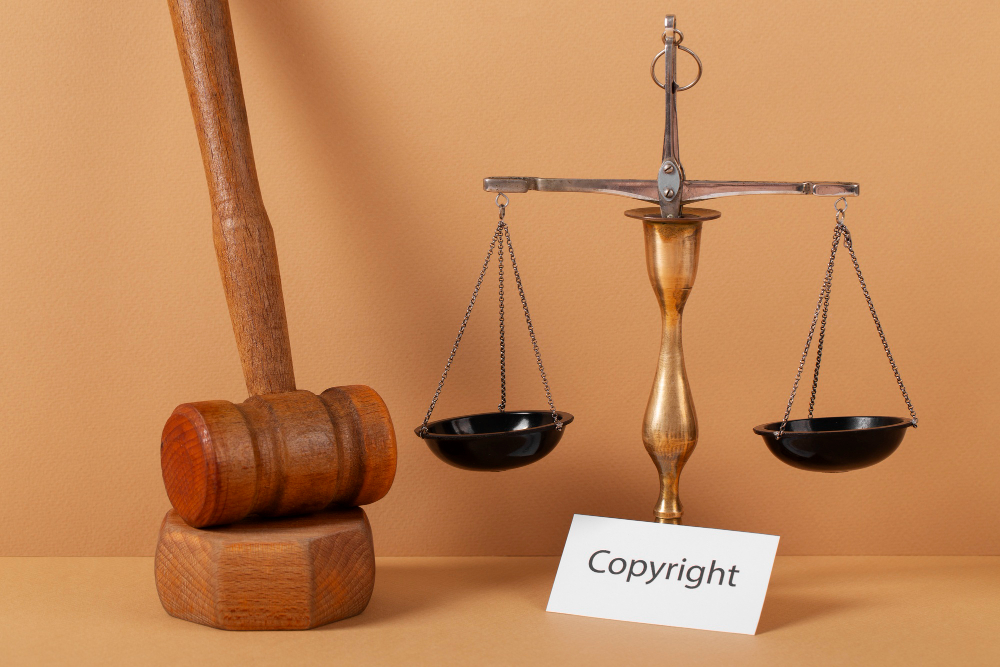
How Movie Piracy Is Evolving in the Digital Era
Introduction
In today’s fast-paced digital world, movie piracy in the digital era has become a major concern. Accessing movies has never been easier—and unfortunately, this convenience extends to piracy, which continues to evolve in increasingly sophisticated ways. Gone are the days of grainy camcorder copies; now, high-definition versions of films are illegally distributed within hours of their release. With the rise of streaming platforms, peer-to-peer sharing networks, and dark web marketplaces, movie piracy in the digital era is no longer limited to tech-savvy users. Anyone with a smartphone can access pirated content, making it a persistent challenge for the film industry and rights holders alike.
This blog explores how movie piracy in the digital era has adapted, highlighting the key technological shifts that have transformed how pirated content is created and shared. You’ll gain insights into the major drivers of this trend, the impact it has on filmmakers and studios, and the advanced anti-piracy measures that companies like AiPlex Anti-Piracy offer to protect intellectual property. By the end, you’ll understand why partnering with a trusted anti-piracy service is crucial in safeguarding your creative work. Learn more about our solutions here.
Things to Know About Movie Piracy in the Digital Era
Before we dive into the detailed trends shaping movie piracy in the digital era today, it’s essential to understand the broader factors influencing this digital black market. From rapid internet speeds to new content distribution models, several key elements have played a significant role in reshaping piracy. Knowing these will help stakeholders better grasp why combating piracy is more complex than ever.
High-Speed Internet and Cloud Technology
The rapid advancement of high-speed internet has significantly fueled the growth of movie piracy in the digital era. With faster download and streaming speeds, users can easily access pirated films without facing the buffering issues of the past. Cloud storage technology has also made it possible for pirates to host massive libraries of content, making it easier than ever for users to retrieve illegal copies from anywhere in the world.
Moreover, cloud technology allows pirates to constantly mirror and duplicate files across different platforms, making it harder for authorities to trace or remove pirated content permanently. This decentralized approach complicates enforcement efforts and allows pirated content to resurface even after takedown requests. For rights holders, this means constant vigilance is necessary to stay ahead of these technologically driven piracy trends.
Streaming Platforms and Digital Piracy Threats
The popularity of streaming services has ironically contributed to new forms of movie piracy in the digital era. While platforms like Netflix and Disney+ have made legitimate access to films easier, they have also introduced screen-capture piracy and stream-ripping techniques. Pirates now bypass encryption methods to copy films directly from streaming services, creating high-quality illegal copies.
Furthermore, subscription fatigue—where users are overwhelmed by the number of streaming services—pushes audiences toward pirated alternatives. As long as this consumer demand exists, pirates will continue to find ways to exploit streaming platforms.
Peer-to-Peer Networks and Torrents
Peer-to-peer (P2P) networks have revolutionized how pirated movies are shared. Torrents allow users to download small fragments of a movie from multiple sources simultaneously, making the process faster and more difficult to shut down. Even when authorities shut down one torrent site, dozens more emerge to fill the void.
Additionally, torrent platforms are increasingly adopting anonymization technologies such as VPNs and Tor networks, making it harder for authorities to trace uploaders and downloaders. Pirates also use magnet links instead of direct files, minimizing the digital footprint of illegal content. This decentralized distribution is a major force behind movie piracy in the digital era.
Dark Web and Underground Movie Piracy
The dark web has created an underground marketplace for pirated content, including unreleased films. Unlike regular torrent sites, dark web platforms are hidden from standard search engines, making them harder to monitor.
Even more concerning is the rise of invite-only piracy communities, where exclusive groups trade high-quality rips of new films. As long as these hidden marketplaces thrive, movie piracy in the digital era will continue to evolve beyond conventional detection methods.
Changing Consumer Behavior and Piracy
Consumer behavior plays a huge role in movie piracy in the digital era. Today’s audiences expect instant access to new content and often turn to piracy when legitimate access is delayed. This shift has forced pirates to adapt quickly, offering films sometimes even before official release.
Additionally, social media has amplified the spread of pirated content. With just a few clicks, users can share pirated links with thousands, increasing the reach and impact of piracy globally.
Technology That Drives Movie Piracy in the Digital Era
Technological innovation has not only transformed the film industry but has also empowered pirates. Let’s explore the tools driving this change.
Advanced Ripping Tools and Automation
Pirates now use advanced ripping tools to capture movies from Blu-rays, DVDs, and even streaming platforms. These tools automate the entire process, producing high-definition copies with minimal effort.
At the same time, automation has enabled mass distribution. Pirates can rip, compress, and upload a film to multiple platforms within minutes—showing how movie piracy in the digital era has become faster and more scalable.
AI and Video Compression
Artificial intelligence has enabled pirates to compress videos while retaining high quality. AI tools also help bypass watermarking and encryption, further complicating protection strategies.
Additionally, AI-driven algorithms can remove embedded studio tracking info, making it harder for studios to trace leaks.
VPNs and Anonymity Tools
VPNs and anonymity tools allow pirates to mask their identities. This makes it difficult for authorities to trace activity, contributing to the growth of movie piracy in the digital era.
VPNs also help end-users access pirated content without fear, expanding the piracy user base globally.
Why Choose AiPlex Anti-Piracy Solutions?
AiPlex Anti-Piracy is a trusted leader in protecting digital content. With AI-driven monitoring and rapid takedown systems, AiPlex helps filmmakers and studios safeguard their intellectual property from modern threats.
Its proactive approach scans the web, social media, and the dark web to catch piracy early and minimize its damage.
Conclusion
Movie piracy in the digital era has grown more advanced and more dangerous. With high-speed internet, AI tools, and changing consumer behavior, it poses a serious threat to the film industry. Only proactive measures like AiPlex Anti-Piracy can offer real protection in this evolving battle.
FAQs – How Movie Piracy Is Evolving in the Digital Era
1. What is movie piracy?
Movie piracy is the illegal copying, distribution, or streaming of films without permission from the copyright holder.
2. Why has digital piracy become more common?
The rise of fast internet, streaming platforms, and file-sharing tools has made accessing pirated movies easier and faster than ever before.
3. Is streaming pirated movies illegal?
Yes, both downloading and streaming pirated movies are considered illegal in most countries and can result in fines or legal action.
4. How does movie piracy impact the film industry?
Piracy results in billions in lost revenue for filmmakers, studios, and distributors, affecting jobs and the production of future films.
5. What are the latest methods pirates use today?
Modern piracy often involves torrenting, illegal IPTV, mirror sites, and cam recordings uploaded to streaming platforms.
6. Can movie piracy be stopped completely?
While it may not be eliminated entirely, strict anti-piracy laws, better enforcement, and public awareness can significantly reduce it.
7. How can content creators protect their films?
They can use digital rights management (DRM), watermarking, DMCA takedown notices, and work with anti-piracy firms to safeguard content.
8. Are there legal alternatives to pirated movie sites?
Yes, platforms like Netflix, Amazon Prime, Disney+, and others provide legal access to movies at affordable rates.
9. What is the DMCA and how does it help?
The DMCA (Digital Millennium Copyright Act) allows copyright holders to request takedowns of infringing content online quickly and legally.
10. What can viewers do to fight movie piracy?
Avoid using pirated websites, report illegal content, and support creators by accessing films through official channels.
